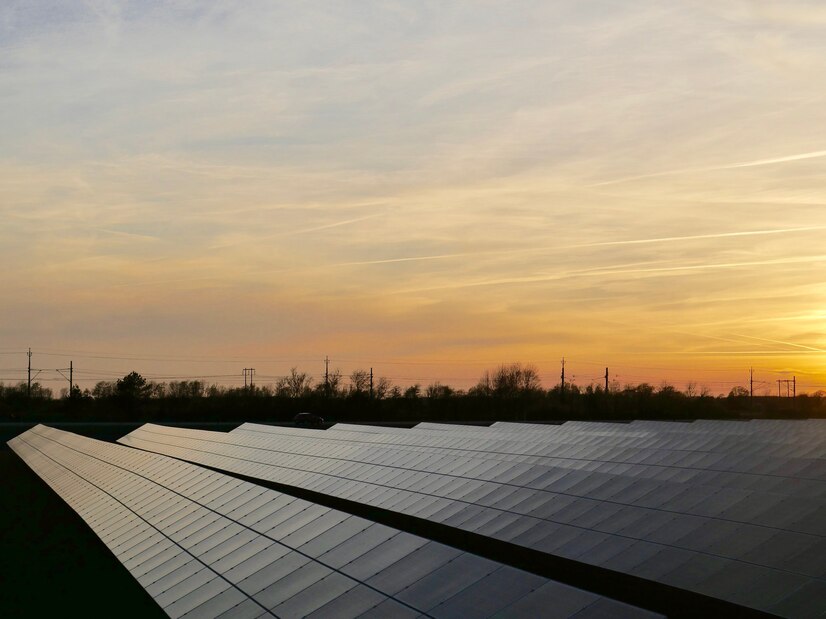QTerminals has unveiled a new solar power system at Hamad Port’s Container Terminal 1 (CT1) and General Cargo Terminal (GCT). This installation features a photovoltaic (PV) system with a capacity of 3,300 watts peak (Wp). The initiative is part of QTerminals’ broader strategy to reduce carbon dioxide emissions and promote environmental sustainability.
The newly installed solar panels can generate up to 9,010 kilowatt-hours (kWh) of electricity annually. This clean energy will be used to illuminate the parking bays and power safety information boards at both terminals. Importantly, the system is projected to avoid the release of 6,350 kilograms of greenhouse gases each year, aligning with global efforts to combat climate change.
This move underscores Qatar’s significant potential for solar energy utilization. The cost of solar power has decreased dramatically over recent years. In 2017, the cost was around 4 cents per kWh, but by 2023, it had dropped to approximately 1.5 cents per kWh. Projections suggest that by 2030, the cost could fall to about 1 cent per kWh, making solar energy increasingly cost-effective and attractive, according to Abdul Rahman Ibrahim al-Baker of Kahramaa.
The new solar installation at Hamad Port is part of a broader trend towards incorporating environmentally friendly technologies at the port. These efforts are designed to enhance operational efficiency while reducing carbon emissions.
Established in 2016, QTerminals is a joint venture between Qatar Ports Management Company (Mwani Qatar) and Milaha. The company has recently achieved a significant milestone by becoming the first in the Gulf Co-operation Council (GCC) and the third in Asia to comply with the Science-Based Targets Initiative (SBTi) standards for maritime transport.
QTerminals has pledged to reduce its greenhouse gas emissions by 46.6% by 2030, a commitment that supports the Qatar National Vision 2030’s environmental goals of preserving and protecting the environment and biodiversity.


